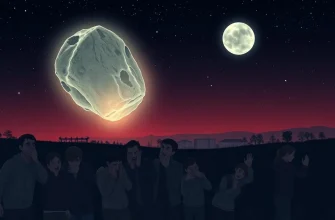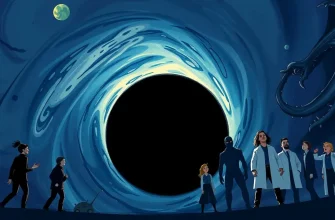Space, the final frontier, has long been a source of fascination and fear. This curated list of ten space horror films delves into the unknown, where the vast emptiness of space becomes a terrifying backdrop for horror. From alien encounters to psychological breakdowns, these films offer a thrilling escape into the cosmos, providing both entertainment and a chilling reminder of our vulnerability in the face of the unknown. Whether you're a fan of classic horror or looking for modern twists on the genre, this collection promises to deliver spine-chilling experiences from beyond our world.
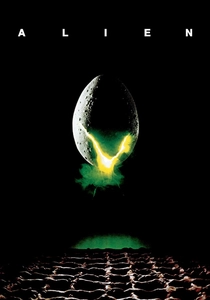
Alien (1979)
Description: The film that redefined space horror, "Alien" introduces us to the xenomorph, a creature that has become synonymous with terror in space. The claustrophobic setting of the Nostromo spacecraft amplifies the horror.
Fact: The alien's design was inspired by H.R. Giger's surreal art, and the film's tagline, "In space no one can hear you scream," became iconic.
 Watch Now
Watch Now
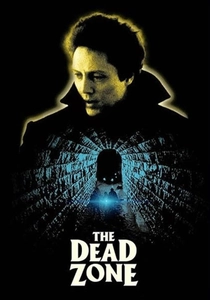
The Dead Zone (1983)
Description: While not set in space, this Stephen King adaptation involves a teacher who wakes up from a coma with psychic abilities, predicting a future where a politician could cause a nuclear holocaust, adding a cosmic horror element.
Fact: The film was directed by David Cronenberg, known for his body horror, which adds a unique twist to the story.
 Watch Now
Watch Now
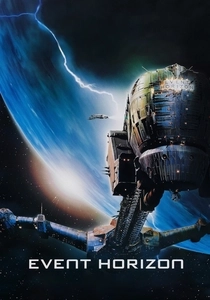
Event Horizon (1997)
Description: This film explores the concept of a spaceship that can travel faster than light, only to return with something sinister from another dimension. It's a blend of psychological horror and cosmic terror.
Fact: The film was initially much more graphic, but scenes were cut to secure an R rating, and some of the cut footage has never been released.
 Watch Now
Watch Now
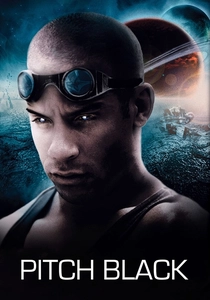
Pitch Black (2000)
Description: While not strictly a horror film, the setting on a desolate planet with creatures that hunt in darkness provides a terrifying atmosphere. The film's protagonist, Riddick, adds a unique anti-hero element to the mix.
Fact: Vin Diesel's character, Riddick, became so popular that it spawned a franchise, including sequels and video games.
 Watch Now
Watch Now
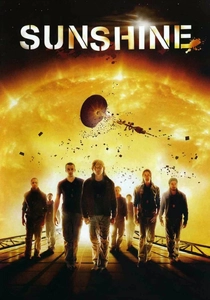
Sunshine (2007)
Description: A mission to reignite the dying sun goes horribly wrong, leading to psychological horror and existential dread. The film's tension builds as the crew faces both external and internal threats.
Fact: Director Danny Boyle and writer Alex Garland had to fight to keep the film's darker elements, which were initially met with resistance from the studio.
 Watch Now
Watch Now

Moon (2009)
Description: This film focuses on a lone astronaut on the moon who discovers he's not alone, leading to a psychological horror experience as he unravels the truth about his mission.
Fact: Sam Rockwell plays both the protagonist and his clone, showcasing his range as an actor.
 Watch Now
Watch Now
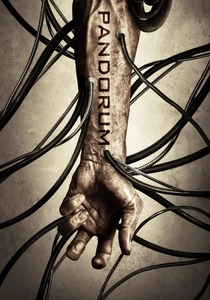
Pandorum (2009)
Description: A psychological thriller set on a spaceship where the crew suffers from a space-related illness called "Pandorum," leading to paranoia and hallucinations. The film explores themes of isolation and madness.
Fact: The film's title is derived from a fictional disease, but it also hints at the real psychological condition of space madness.
 Watch Now
Watch Now
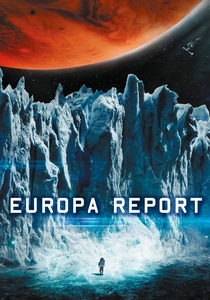
Europa Report (2013)
Description: A realistic portrayal of a manned mission to Europa, one of Jupiter's moons, where the crew encounters something unexpected beneath the ice, blending science fiction with horror.
Fact: The film was praised for its scientific accuracy and its use of found footage style to enhance the realism.
 Watch Now
Watch Now
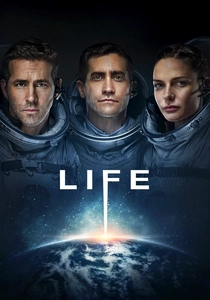
Life (2017)
Description: A team of scientists aboard the International Space Station discover a rapidly evolving life form that could lead to the extinction of Earth's inhabitants. It's a modern take on the alien horror genre.
Fact: The film was originally titled "The Martian" but was changed to avoid confusion with the Ridley Scott film of the same name.
 Watch Now
Watch Now
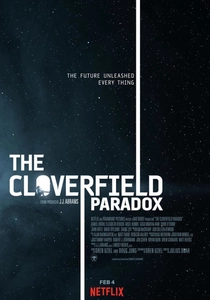
The Cloverfield Paradox (2018)
Description: A sequel to "Cloverfield," this film explores the consequences of a particle accelerator experiment gone wrong, leading to a reality where Earth is under attack by monstrous entities.
Fact: The film was released immediately after its Super Bowl advertisement, surprising audiences with its sudden availability.
 30 Days Free
30 Days Free





